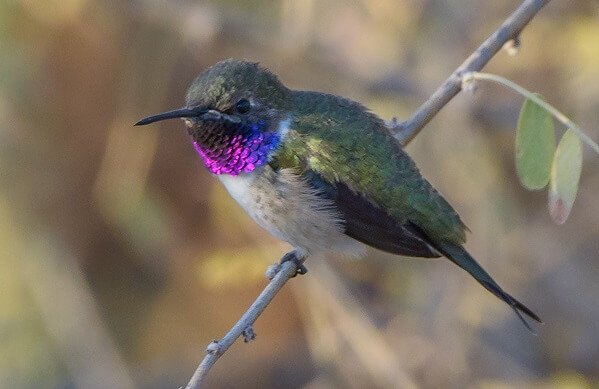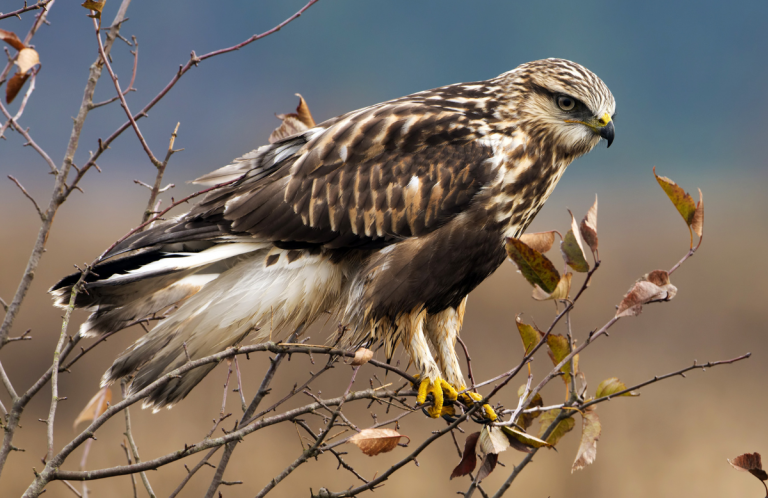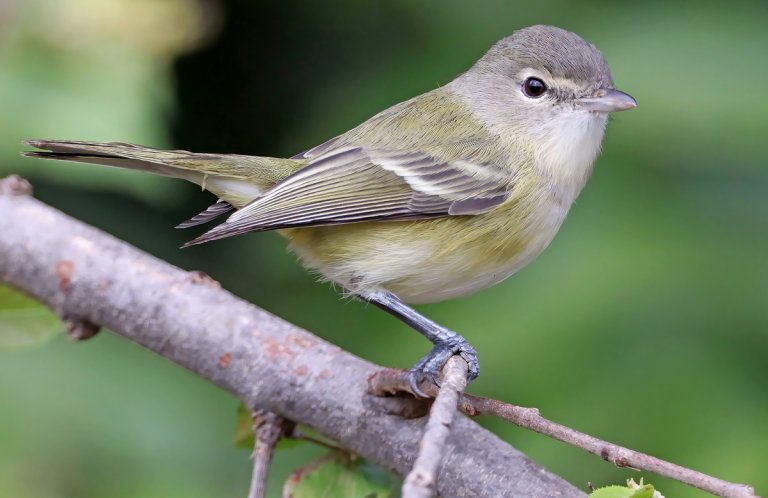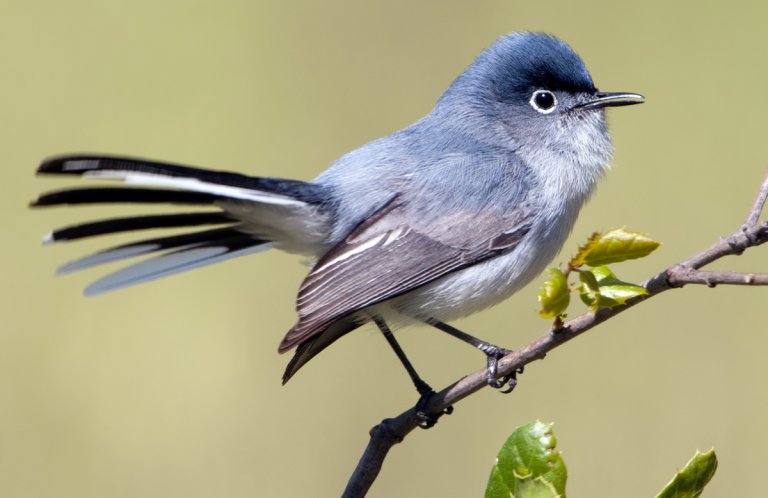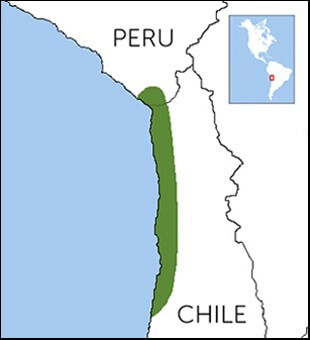 The beautiful Chilean Woodstar is a tiny hummingbird, only the size of a large moth. At around 3 inches long, it's the smallest bird in Chile. The species has a very small distribution, too, and is as endangered as its close relative, the Esmeraldas Woodstar of Ecuador.
The beautiful Chilean Woodstar is a tiny hummingbird, only the size of a large moth. At around 3 inches long, it's the smallest bird in Chile. The species has a very small distribution, too, and is as endangered as its close relative, the Esmeraldas Woodstar of Ecuador.
Habitat loss is the key factor behind the species' decline from at least 1,500 birds in 2003 to roughly 400 birds in 2012 — a loss of more than 80 percent. Competition with the Peruvian Sheartail, a more aggressive hummingbird that has expanded into its range, may also be contributing to Chilean Woodstar declines.
American Bird Conservancy and partner group AvesChile petitioned successfully for the species to be uplisted from Endangered to Critically Endangered on the IUCN Red List, a change that took place in 2014.
Last Stand in Camarones
The Chilean Woodstar was once found in four valleys that run down the Pacific slope of the Andes through the Atacama Desert, known as the driest desert in the world.
“It's an otherworldly landscape. It looks very much like images sent back to Earth from robots roving the surface of Mars,” said Dan Lebbin, ABC's Vice President for International Programs. Clear water from the Andean highlands feeds rivers and streams through these valleys, supporting a habitat of native scrub across this otherwise barren land.
Agriculture, with its introduced plants and water demands, has radically changed this habitat, and now only around 3 percent of its original native vegetation remains. As a result, the woodstar has disappeared from two of the valleys that formerly supported the species; its numbers have been radically reduced in the other two.
Today, the valley of Camarones in northern Chile — located south of the coastal city of Arica — is the species' last stronghold.
Sign up for ABC's eNews to learn how you can help protect birds
From Lantana to the Lek
Chilean Woodstars prefer to feed on the nectar of native vegetation, although they will sip from introduced plants such as hibiscus and lantana. One important native nectar source, the “chañar” tree (Geoffroea decorticans) is often destroyed by farmers who consider it invasive and believe it attracts mice.
Like other hummingbirds such as Rainbow Starfrontlet and Frilled Coquette, this woodstar also feeds on small insects, darting out from a perch to snatch them in flight.
The Chilean Woodstar's song, given by displaying males, is a simple, high-pitched trill. (Audio file: Andrew Spencer, XC90449. Accessible at www.xeno-canto.org/90449.)
Like the Snowcap hummingbird, males display at leks, usually above dense thickets of native vegetation. Suitable lek sites are becoming increasingly scarce as native scrub is lost to farmland.
Although not truly migratory, this species may make altitudinal movements in different seasons, as do Anna's Hummingbird, Rainbow-bearded Thornbill, and other hummingbirds.
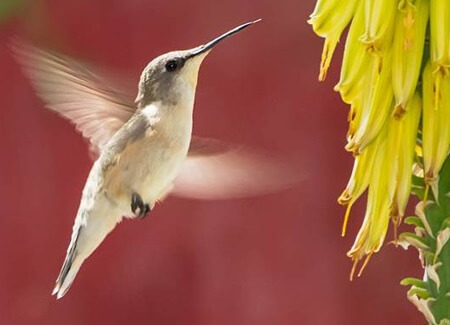
Female Chilean Woodstar. Photo by Jorge Herreros
Steps to Stop a Dramatic Decline
Over the past several years, American Bird Conservancy has partnered with Picaflor de Arica (an organization named for the bird's local name) to save Chilean Woodstar from extinction. Picaflor de Arica is working to increase local pride in the hummingbird, with efforts including a native vegetation restoration program in the Camarones Valley aimed at creating protected reserves. The group is also planning a support program for people who find and protect Chilean Woodstar nests.
In other good news, the Chilean government recently announced the creation of a number of new national parks and reserves, including one at Chaca specifically for the woodstar. ABC has previously worked at this site to protect the hummingbird; it's also close to the spot where colonies of Markham's Storm-Petrel, a mysterious desert-nesting seabird, have been discovered.
Donate to support ABC's conservation mission!





































